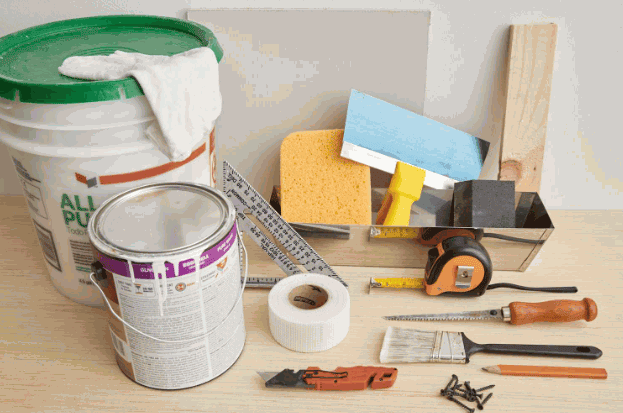
Have you noticed cracks or holes in your plaster walls but are unsure of how to fix them?
We discuss the common causes of plaster wall damage, such as water damage, age, and wear, as well as structural issues.
We provide a list of tools and materials needed for plaster wall repair, including joint compound, plaster of Paris, sandpaper, trowel, and putty knife.
Whether you are dealing with small holes or larger ones, we guide you through the steps to repair them effectively.
Stay for some tips on achieving a professional-looking finish for your plaster wall repair project.
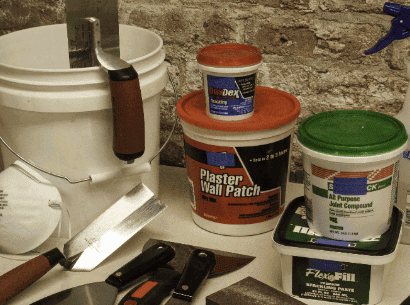
What Causes Plaster Wall Damage?
Table of Contents
Plaster wall damage can result from various factors, including water damage, ageing, wear and tear, structural issues, cracks, or holes.
Water damage is one of the primary culprits contributing to the deterioration of plaster walls. When water infiltrates the plaster surface either through leaks, high humidity levels, or improper sealing, it weakens the material, causing it to crumble, bubble, or warp. This can create extensive damage over time, leading to unsightly stains, mould growth, and structural instability.
Ageing is another factor that gradually impacts plaster walls. As plaster ages, it becomes more prone to shrinkage, cracking, and developing a weathered appearance. This process occurs naturally due to the material's composition and exposure to environmental elements.
Wear and tear also play a significant role in plaster wall damage. Constantly touching, bumping, or rubbing against the walls can weaken the plaster surface, leading to dents, scratches, and deep gouges. Over time, these minor damages can accumulate, resulting in larger cracks or holes.
Explore further: How To Plaster DIY
Age And Wear
As plaster walls age, they become more susceptible to wear and tear, leading to cracks, holes, and other forms of damage that may require repair.
One common sign of aging in plaster walls is the formation of hairline cracks, which can gradually widen over time due to the settling of the structure or fluctuations in temperature. Water damage is another significant issue that can result in peeling or bubbling of the plaster surface, indicating underlying problems such as leaks or moisture infiltration. The development of bulging or sagging areas on the walls may signal a more serious structural issue, requiring immediate attention and repair.
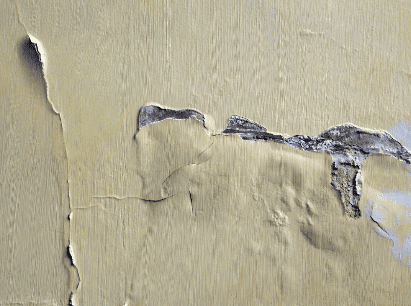
Structural Issues
Structural issues in plaster walls can arise from various factors such as settling, foundation problems, or external forces, leading to cracks, holes, and other visible damage that may require repair.
When a building settles over time, this natural process can put stress on the plaster walls, causing them to crack and develop fissures. Issues with the foundation, such as shifting or settling unevenly, can also lead to structural problems within the walls. External forces like impacts from furniture or even vibrations from nearby construction can further exacerbate these issues. All these factors combined can weaken the structural integrity of the plaster walls, resulting in the need for timely repairs and proper maintenance to prevent further damage.
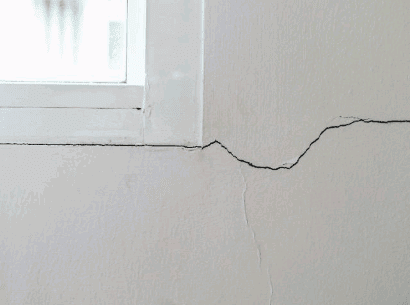
Tools And Materials Needed For Plaster Wall Repair
To repair plaster walls effectively, you will need essential tools and materials including joint compound, sandpaper, a float, and a filler knife.
How To Repair Small Holes In Plaster Walls
Repairing small holes in plaster walls involves a step-by-step process that begins with cleaning the area and filling the hole with a joint compound.
After applying the joint compound, allow it to dry completely before sanding the surface to achieve a smooth finish. It is crucial to feather the edges of the repaired area to blend it seamlessly with the surrounding wall. Once the surface is smooth, dust off any debris and wipe it clean before priming and painting to match the rest of the wall. Repairing small holes in plaster walls requires attention to detail and patience to ensure a professional-looking result.
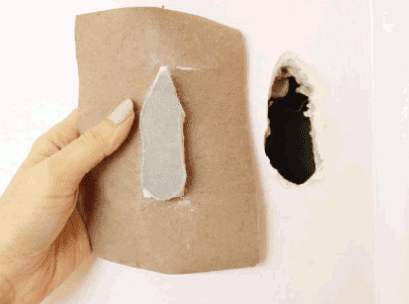
How To Repair Large Holes In Plaster Walls
Repairing large holes in plaster walls requires creating a backing, filling the hole with plaster of Paris, and smoothing out the surface for a seamless finish.
- Start by cutting a piece of wire mesh or hardware cloth slightly larger than the hole to create a sturdy backing. Secure this backing behind the hole to provide support for the plaster.
- Next, mix the plaster of Paris with water according to the manufacturer's instructions until it forms a smooth paste.
Then, using a putty knife, carefully fill the hole with the prepared plaster mixture, ensuring it is level with the rest of the wall surface. After the plaster sets but is still slightly damp, use a damp sponge to feather the edges and blend it seamlessly with the surrounding wall.
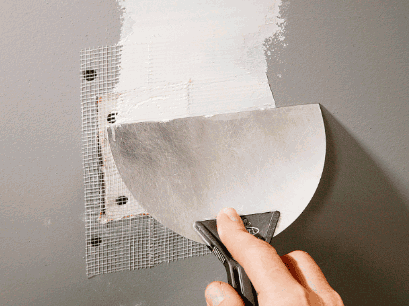
Tips For A Professional-Looking Plaster Wall Repair
Achieving a professional-looking plaster wall repair requires attention to detail, proper technique, and the use of quality materials following the manufacturer's instructions.
In terms of repairing plaster walls, start by carefully assessing the damage and selecting the right tools for the job. Clean the area thoroughly to ensure proper adhesion of the new plaster.
Proper preparation is key to a seamless finish. Remember to mix the plaster compound to the right consistency for a smooth application. Apply the plaster in thin layers, feathering out the edges for blending. Sand the repaired area gently between coats for a refined result. Prime and paint the wall to match the existing finish for a flawless outcome.